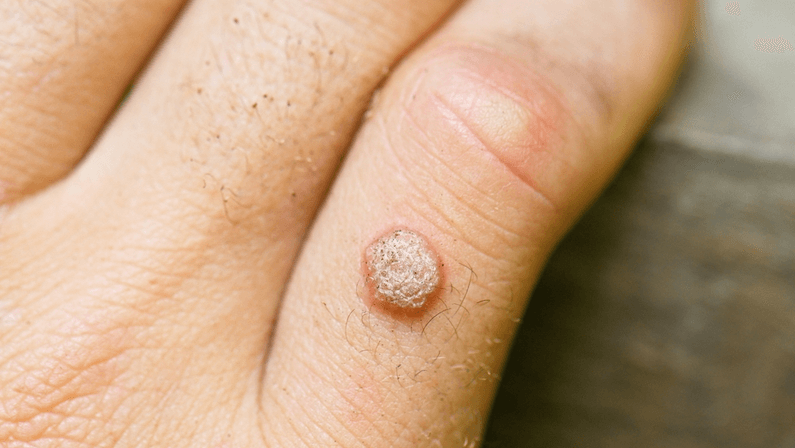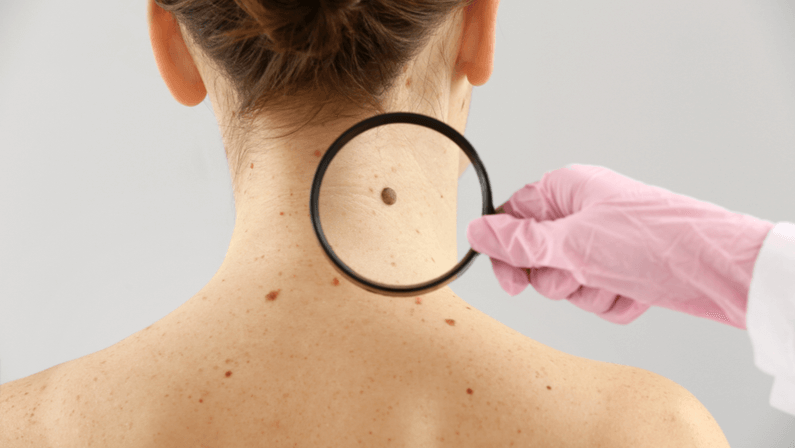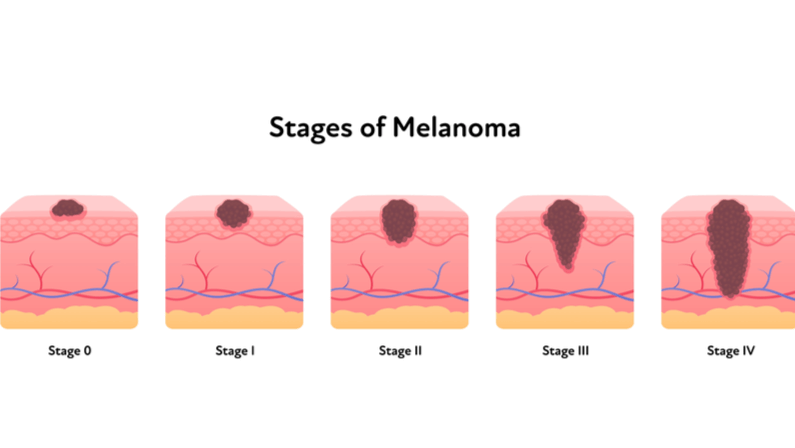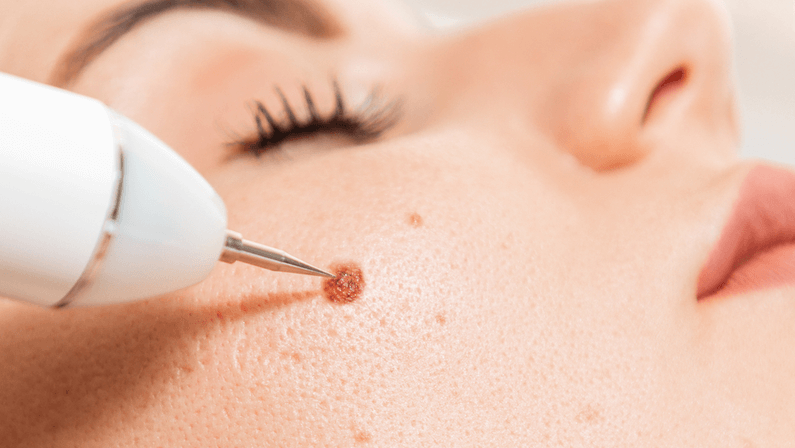Moles and warts are often confusing. They’re two of the most common skin irregularities, but did you know that they are actually two very different things? Many people aren’t sure what the difference is, so today we are going to take a closer look at each one.
By the end of this post, you will know exactly what each one is, as well as how to tell them apart. Let’s get started!
Table of Contents
What is Wart?
A wart is a small, rough growth that appears on the surface of the skin. Warts can occur anywhere on the body, but they are most common on the hands, fingers, and toes.
What Causes Wart?
Warts are skin growth that is usually caused by a virus called human papillomavirus (HPV). There are more than 150 types of HPV, and some can lead to cancer. Other types can cause warts on the skin. Plantar warts, for example, are caused by HPV types 1, 4, 57, 60, 63, 65, and 66.
Unlike moles, warts are contagious. They are a form of skin infection that you can get from touching someone who has them or from coming in contact with clothing, towels, or other objects that have been used by someone with warts.
What is Mole?
A mole is a small growth on the skin that is usually black or brown. Moles can occur on all parts of the body, but they are most common on the face, neck, and arms.
Moles are not contagious but are more serious than warts because they can be a sign of skin cancer. A mole that is a size of a pencil eraser or about ¼ inch across is more likely to be cancerous.
What Causes Mole?
Moles are usually caused by a combination of genes and sun exposure. Most people have a few moles, and they are nothing to worry about. However, if you have a mole that changes in size, shape, or color, you should see a doctor.
How Is a Wart Different From a Mole?
While both warts and moles can be small growths on the skin, there are several key differences between the two.
- Warts are usually caused by a virus, while moles are usually caused by a combination of genes and sun exposure.
- Warts can occur anywhere on the body, but they are most common on the hands, fingers, and toes. Moles are most common on the face, neck, and arms.
- Warts are usually small and rough, while moles can be either small or large and may be smooth or hairy.
- Warts may go away on their own, but moles are usually permanent.
- Warts are contagious, while moles are not.
Wart or mole identification is important because some types of these skin conditions can lead to cancer.
Moles, Warts, and Skin Cancer
While most moles and warts are harmless, some types can lead to skin cancer. It’s important to be aware of the signs and symptoms of skin cancer so that you can seek medical help if needed.
The most common signs and symptoms of skin cancer include:
- A mole or wart that changes in size, shape, or color
- A mole or wart that bleeds or oozes
- A mole or wart that is painful or itchy
If you notice any of these changes in a mole or wart, you should see a doctor right away. Early detection is key to the successful treatment of skin cancer.
Skin cancer is the most common type of cancer in the United States. Each year, more than 3 million cases of skin cancer are diagnosed. Skin cancer can be deadly, but it is also one of the most preventable types of cancer.
What Type of a Mole is Cancerous?
The most common type of skin cancer is melanoma. Melanomas can occur anywhere on the body, but they are most likely to develop in moles. Melanomas usually have an irregular shape and are darker than the surrounding skin.
Other types of moles that can lead to skin cancer include basal cell carcinomas and squamous cell carcinomas. These types of moles are most likely to develop in sun-exposed areas of the body, such as the face, neck, and arms.
Another type of moles to watch out for is the atypical moles. Also known as dysplastic nevi, these moles have an abnormal appearance. They are usually larger than other moles and have an irregular shape. Atypical moles are more likely to develop into melanoma.
If you think you have this kind of moles, you should see a doctor right away. Early detection is key to successful treatment.
How to Treat Warts and Moles?
There are several ways to treat warts and moles. Some treatments are home remedies, while others require a doctor’s care.
Treatment for warts may include:
Home remedies:
- Soaking the wart in warm water for 20 minutes
- Applying a cream or ointment containing salicylic acid
- Covering the wart with duct tape
Doctor’s care:
- Freezing the wart with liquid nitrogen
- Removing the wart with surgery
Treatment for moles may include:
Home remedies:
- Applying a mixture of baking soda and water to the mole
- Covering the mole with a bandage
Doctor’s care:
- Removing the mole with surgery
Note that home remedies are not always effective, and some may even cause irritation. Moreover, there are not enough scientific studies to know if home remedies are truly effective.
When to See a Doctor?
If you have a wart or mole that is causing you pain or bleeding, it is important to see a doctor for medical advice. If you have a mole that changes in size, shape, or color, you should also see a doctor. These could be signs of skin cancer.
Where to Seek Help
Now that you know the difference between warts and moles, you can take steps to treat them accordingly. If you are in Texas and have any concerns about your skin, be sure to contact Skin Cancer Specialists. They can help you determine if you need a wart or mole removal and provide treatment options.





